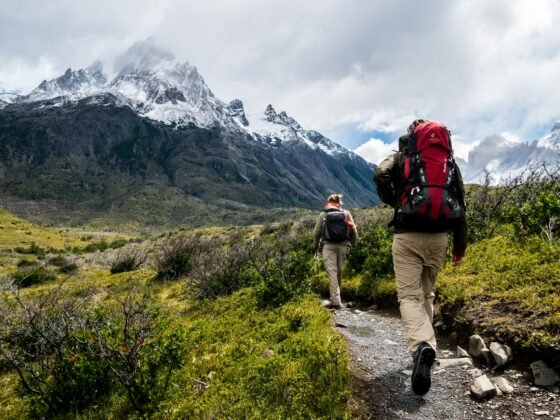Unlike any other sports, cycling comes in many forms and on many surfaces. It’s more than just green and suitable transport. Leisure riding too offers views and landscapes that can, in a way, deepen your sense of closeness to nature.
Some ride out on their bicycles with powerpod all the time but never actually consider it as a sport. It’s merely a simple way of getting around town which happens to have both environmental and economic benefits.
All in all, there’s no denying the fact that it is a viable means of transportation that can let you control your weight and save you time. But looking good is not all there is for bike enthusiasts—most especially for women cyclists. While some see it as a healthy option, more women are hopping on bicycles every year—deeming it as an avenue for environment protection, safer communities, and social change.
Whatever your reasons may have for “taking a seat” on that bike, there are a couple of things about cycling that every Fred or Doris should know about. Here’s a quick guide on the essential elements you should know whether you’re cycling for recreation, health and fitness, and sports.
Try not to stay at the back end and not to be too eager
When you’re just starting out, it’s not uncommon to join a group of bike enthusiasts to help you learn the ropes of on-road etiquettes. Pedaling away with a bunch of people, has its own set of challenges.
The key to remember is not to be too eager to stay at the back. While there are lots of things to learn about the advantages of being on the front and on the middle section when riding with a group, it’s better not to stay too far out even if you’re a beginner. Though your intentions might be to make way for more experienced bikers, this will backfire once the pace picks up. When you stay at the back, and the group is riding faster by the minute, it would be harder for you to keep up. You’ll be depleting your energy quickly while playing catch up most of the time. It’s easier if you position yourself somewhere in the middle or near the front, if possible.
Another thing about trying not to be too eager is when you’re riding on elevated surfaces. Chances are, there will be more upward roads ahead of you. So, if you take on one with everything that you got, pedaling as much as you can with every force you have just to you reach the bottom, you’ll end up tiring yourself too quickly. Your lungs and legs will be screaming on the next couple abrupt turns. Most common newbie mistake usually consists of either doing too much or doing too little. You have to be somewhere in the middle at all times. For hilly portions, you need to pace yourself or you’ll peak too soon. And don’t forget no sudden slamming of breaks when riding with your bike homies.
Look the part: be a cyclist
When it comes to clothing, it’s always a tight fit for cyclist. Two or three sizes too big are a huge no-no. Riding a bike in the outdoors gives you complete access to the air conditions at any time. When you go for a baggy look, your gear will end up flapping around all over the place. The sound it makes is distracting, and when you’re in a group, the loose flapping fabric might cause visibility problems for the bikers behind you.
Go for form-fitting polypyrene shirts instead. Same goes for shorts—they should be just the right size and fit snugly to your thighs and your back. In line with distractions, if you have a long hair, you may want to opt for a headband with ponytail hole to keep them from flying off your face and putting you and other riders at risk. Whatever you do, never wear cotton. It’s on every cyclists’, or any other type of athletes’, list of horrors. As a general rule, always go for more technical garments like wool or man-made synthetic fabrics.
Learn to change a flat tire
Whether you choose to hone your biking skills with or without a group, the one thing you need to learn without hesitation is changing a flat tire. Most bikes nowadays run on tubes, so it’s much easier to work with. If you haven’t done it already, you should practice on doing one before you go on biking trips.
You can do it at home or for a biking buddy. Either way, it’s an essential skill to have that could save you from a lot of trouble—on top of your current biking skills underworks. For as long as you have your extra tube and patch kits with you when you’re out there, you should be good to go.












